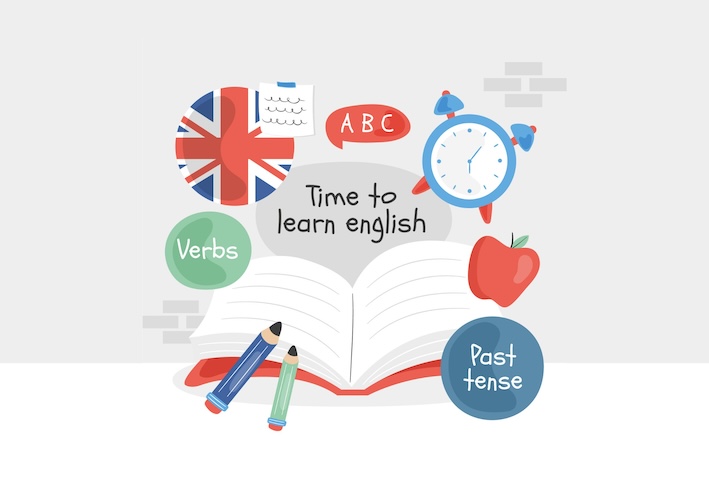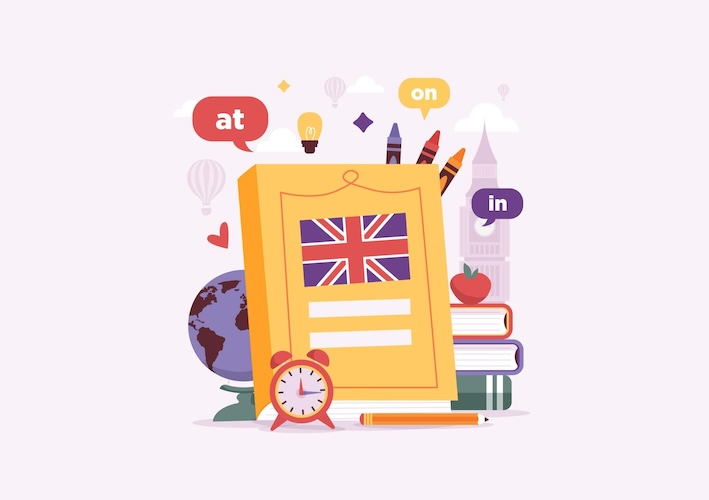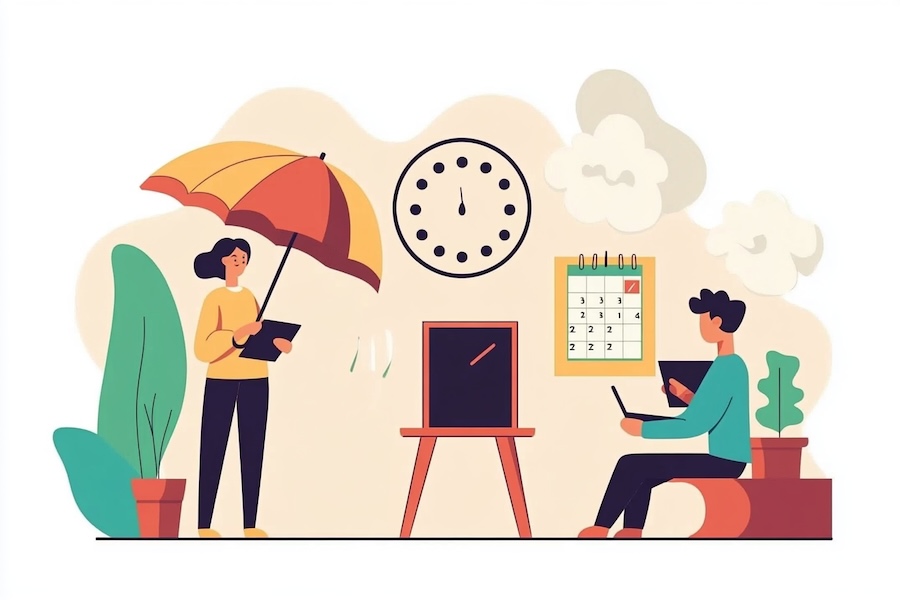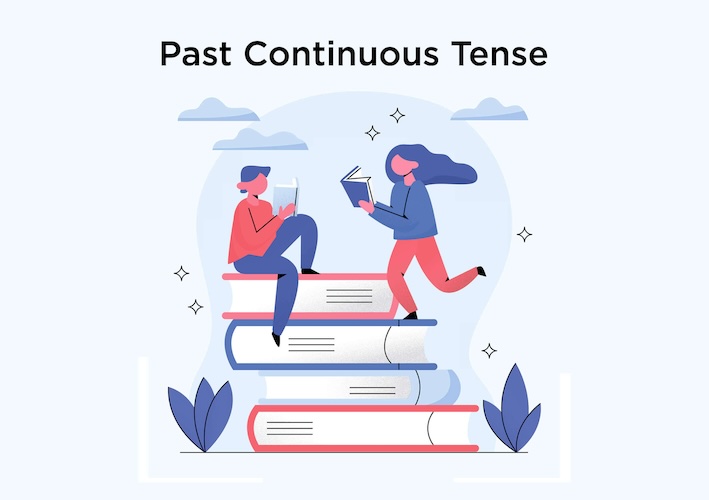Intermediate
For learners who have grasped the basics and are ready to tackle more complex grammar structures. This course expands your grammatical range with focus on perfect tenses, passive voice, and more sophisticated sentence construction.

Topics in this course

Irregular Verbs Part II
IntermediateHere’s a list of some commonly used irregular verbs suitable for intermediate learners. These verbs appear frequently in everyday conversation and writing.

Verbs that are Easily Confused
IntermediateIn English, some verbs can be confusing because they have similar forms, meanings, or follow unusual patterns. These verbs often cause mistakes, even for native speakers.

Present Simple vs Present Progressive
ElementaryTruths, routines, actions in progress, future plans... Present Simple and Present Progressive. Learn to master both and make your English dynamic and precise!

Future Progressive (Continuous)
IntermediateThe future progressive tense is used to describe actions that will be ongoing at a specific time in the future or actions that are planned or expected to happen in the future.

Present Perfect vs Present Perfect Progressive (Continuous)
IntermediateUnderstand the difference between completed actions and ongoing situations. Learn how to see the right focus.

Future Simple vs to Be Going To Structure
ElementaryThe future simple is used for spontaneous decisions, promises, or predictions based on opinions (e.g., I think it will rain). "to be Going to" is used for planned actions or predictions based on evidence. Let's try to see the difference in use!

Present Perfect Progressive (Continuous)
IntermediateWe use the present perfect progressive, in general, to talk about situations which started in the past and are still going on, or which have just stopped and have present results.

Present Perfect
IntermediateThe present perfect tense connects the past to the present, showing actions or experiences that happened at an unspecified time before now or that started in the past and continue to the present. It is often used with markers like already, yet, just, or since to emphasize relevance to the present.

To Be Going To - Structure
ElementaryWe use the structure to talk about future actions and events that have some present reality. If we say that something in the future is going to happen, it is usually already planned or decided, or it is starting to happen, or we can see it coming now. The structure is very common in an informal style, especially in speech.

Past Simple
ElementaryThe past simple tense is used to describe actions, events, or situations that were completed at a specific point in the past. It is commonly used to tell stories, recount past experiences, or talk about past habits or routines.

Present Perfect vs Past Simple
IntermediateThe past simple is used for actions completed at a specific time in the past, while the present perfect connects past actions to the present. Learn how to master these tenses to improve your English fluency and express yourself more clearly!

Can / Could / Be Able to
Elementary"Can," "could," and "be able to" are used to talk about ability, possibility, and permission in English.

Past Simple vs Past Progressive (Continuous)
IntermediatePast simple is used for actions that happened and were completed at a specific time in the past, while past progressive describes actions that were ongoing or in progress at a particular moment in the past. Now you can learn how to see the difference!

Zero conditional
IntermediateZero conditional is used to describe scientific facts and direct correlations, dive into the world of certainty!

First conditional
IntermediateThe first conditional describes possible future situations and their likely consequences.

Second conditional
IntermediateThe second conditional expresses hypothetical, unreal, or unlikely situations in the present or future and their imaginary consequences.

Past Progressive (Continuous)
IntermediateThe past progressive tense, also known as the past continuous tense, describes actions or events that were ongoing at a specific time in the past.

Passive Voice
IntermediatePassive Voice is used when we want to focus on the action or the object, not on who is doing it.

Non-Progressive Verbs
ElementaryNon-progressive verbs (also called stative verbs) are verbs that describe states, conditions, or situations rather than actions. These verbs are typically not used in progressive (continuous) tenses because they refer to unchanging or ongoing states, not dynamic actions. Using non-progressive verbs correctly helps avoid grammatical errors and ensures clarity in communication.

Must / Have to
Elementary"Must" expresses strong personal obligation or logical certainty, often coming from the speaker. "Have to" indicates external necessity or rules, and is more common in everyday and past/future forms.

Clauses
IntermediateClauses are the building blocks of sentences. Mastering them improves clarity, correctness, and versatility in both writing and speaking. Clauses help structure sentences logically, making your writing and speech more coherent. Knowing how to use clauses prevents sentence fragments or run-ons.

